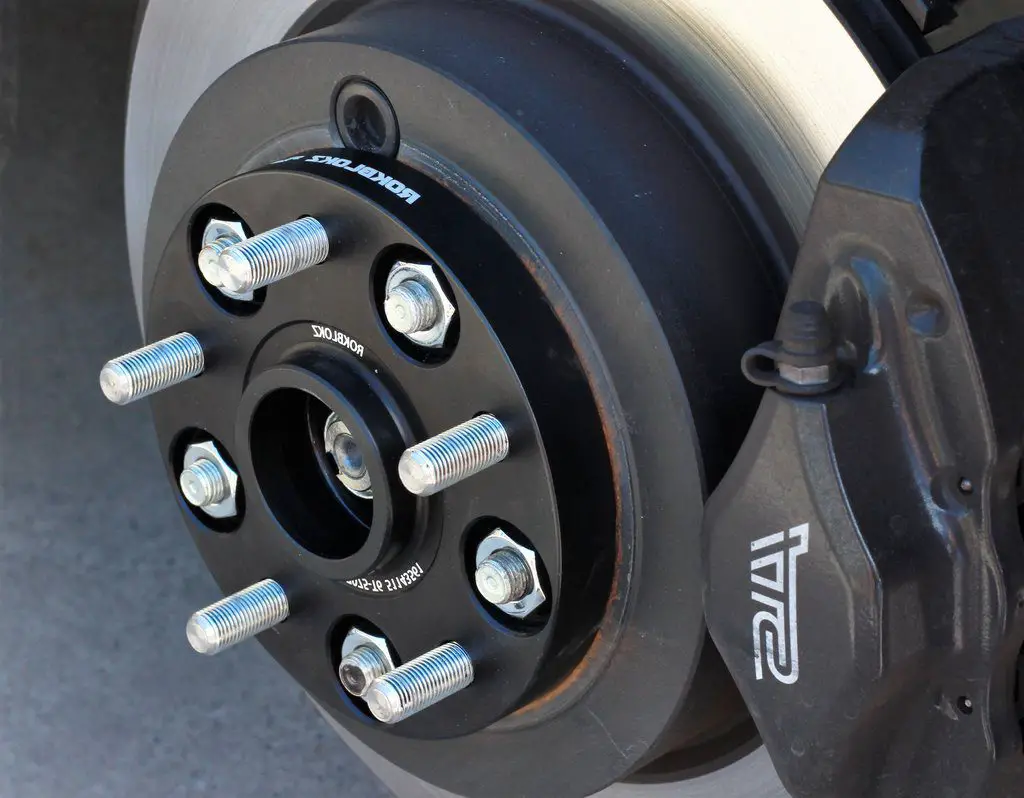

With its big 18- and 19-inch alloy wheels and low-profile tyres, the RS is more prone to crashing through potholes, with the front tyres jiggling on uneven road surfaces at low speeds. One of the key features of the normal Megane hatchback is its soft, comfortable ride. Only 500 of the Megane RS Trophy-R model were originally scheduled for production and only 30 of those were allocated to the UK, so Renault has now sold out. If your tastes favour a more extreme setup, a stiffer and more focused RS 300 Trophy version is available, with upgraded brakes, tweaked suspension and a limited-slip differential. Paired with the hydraulic bump-stops, it gives the RS 300 impressive reach into the tarmac, not feeling entirely unlike an Alpine A110, in fact.The 'entry-level' Megane RS model is the RS 300, which Renault calls the Sport chassis and is all the hot hatchback most enthusiastic drivers will ever need. With passive dampers the ride and body control between the two models differs quite substantially, with the RS 300’s more fluid Sport chassis set-up giving it an impressive compliance and excellent composure over ridges and bumps in the road. Lift off, and in traditional hot hatch style the back end will want to break wide – but the feeling can vary markedly depending on the amount of grip available and the surface, varying between graceful and controllable to spikey and just a bit scary. Just as long as you keep your foot on the throttle.

The rear axle engages so responsively that it makes the car feel as though you could maintain the same radius no matter what speed you’re travelling at, without the front or rear tyres losing grip. The diff gives the front axle incredible bite and helps lock the tyres on the trajectory you’ve set with the steering.


With the Cup chassis in the Trophy comes a limited-slip differential, so jump on the throttle early in a bend and you reveal the Mégane’s real party piece.


 0 kommentar(er)
0 kommentar(er)
